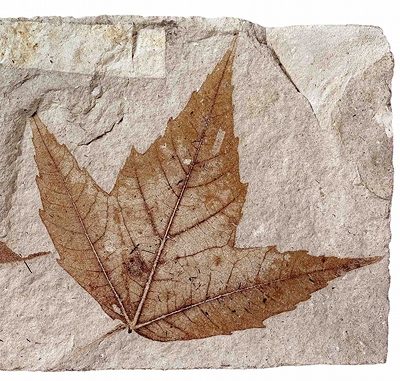
Origin and background information:
Though the first plants appeared on land only about half a billion years ago, today they account for by the largest proportion of the earth’s biomass. They provide oxygen, shelter and the foundation of the food web. Their beauty, fragrance and amazing traits fascinate and bring intellectual and aesthetic pleasure to many humans. The ultimate source of energy and organic material in nearly all habitats is a result of photosynthesis and carbon fixation conducted by land plants and algae.
It has been known from Vedic times that nature and human kind (i.e., Prakriti and Purusha) form an inseparable part of the life support system, which has panchbhutas of air, water, land, flora and fauna; are interconnected, interrelated, interdependent and have co-evolved and co-adapted. Deterioration in one, inevitably affects the other four. If the deterioration is for the short term, and the life support system has enough resilience, it repairs itself and reverts to the original state. However, if this deterioration continues for long, the whole system, including all life, is thrown out of gear. The developmental activities of the day involving modern and advanced technology without any consideration of man and his environment are proving ecologically destructive and there is no doubt that such developmental networks have presented various problems of environmental management
The history of gardening in India is as old as its civilization. The first recorded history of civilization in India dates back to 2500 B.C. before the Aryans came. The first evidence of an ornamental plant, the pipal (Ficus religiosa) ,came from a seal of Mohen-jo-daro, of the third millennium B.C. Another seal from Harappa of the same period depicts a tree similar to that of a Weeping willow (Salix babylonica).
The Aryans of the Vedic period were great lovers of trees and flowers. The lotus has been mentioned frequently in the Sanskrit scriptures of Vedic times. The frescose of Ajanta (100-600 A.D.) also are indicative of the importance of flowers and gardening in ancient India.Before the Mughals came to India there was a long blank in the gardening history of India, with the exception Firoz Tughlaq (1351-1388 A.D.) who developed about twelve hundred gardens around Delhi and more elsewhere. Babur laid the foundation of the Mughal empire in India in the year 1526 A.D. He is a great lover of flowers and gardens.
Akbar (1556-1605 A.D.) built a new capital at Fatehpur Sikri, complete with gardens, trees and flowers. The tomb garden of Akbar at Sinkandra is an example of the gardening art during that period. The gardens at Shalimar, Acchabal, and Verinag in Kashmir were created by Jehangir (1605-1627 A.D.). Shahjahan (1627-1658 A.D.) also established several beautiful gardens. He built a Red Fort in Delhi which had a beautiful garden. The gardens around Taj Mahal in Agra, in memory of his beloved queen Mumtaz Mahal, was also his creation.
Air pollution, one of the most talked problems in the present age, has reached disturbing proportions of the world. The unplanned growth of the cities has resulted congestion of houses factories, factories in residential areas and proliferation of motor vehicles. The smoke from coal chulhas of the residential houses, the dust and smoke from the grinding mills and chimneys of the factories and the exhaust fumes from the vehicles- all add to the pollution. It is causing an increase in diseases of the respiratory tract, cancer and many other ailments. Unless something is urgently done the health of our citizens may deteriorate rapidly.
The role of open spaces such as parks and of living plants in checking pollution is well known. The landscape gardening works for the human welfare, cannot be overlooked. People do not live by bread alone. They also use some finer things of life. It is a great tragedy that most of the places do not have open space around the residences and within the city. So the houseplants, or indoor plants, have become a necessity in the homes. These are also now finding a prominent place. It is less costly to decorate the interior of the room with live plants compared of flowers. On the other hand, with little care, a well chosen houseplant will continue to decorate a room for a period of time.
In historical references to the use of indoor plants, two topics become obvious: firstly, the introduction of potted plants and secondly, the positioning of these potted plants indoors. Where native plants can grow in pots outdoors, exotic plants have special climatic requirements and must be reared indoor.

Best information very good
Amazing information…
Wonderful information. We surely need to be aware about environment. Plants are to be conserved and nurtured.
Hi Trevor,I use OnlyWire and aprptciaee how it can save me a lot of time when I want to bookmark posts I’ve read that I want to share. (Or my own posts.)If you have any more questions about tags, how and why to use them, let me know. Thank you for your comment!
The HISTORY OF THE GREEN is really amazing and special best part which I like is that the first history of civilization in India dates back to 2500 bc. it is really in depth info for me thanks ma’am.
Jenny Lund – I am so excited for you Amy! The new site is beautiful and fun! Thanks for the great giveaway by the way. It would be fun to have a new family picture taken after the baby cosau!Janmery 24, 2011 – 2:19 pm